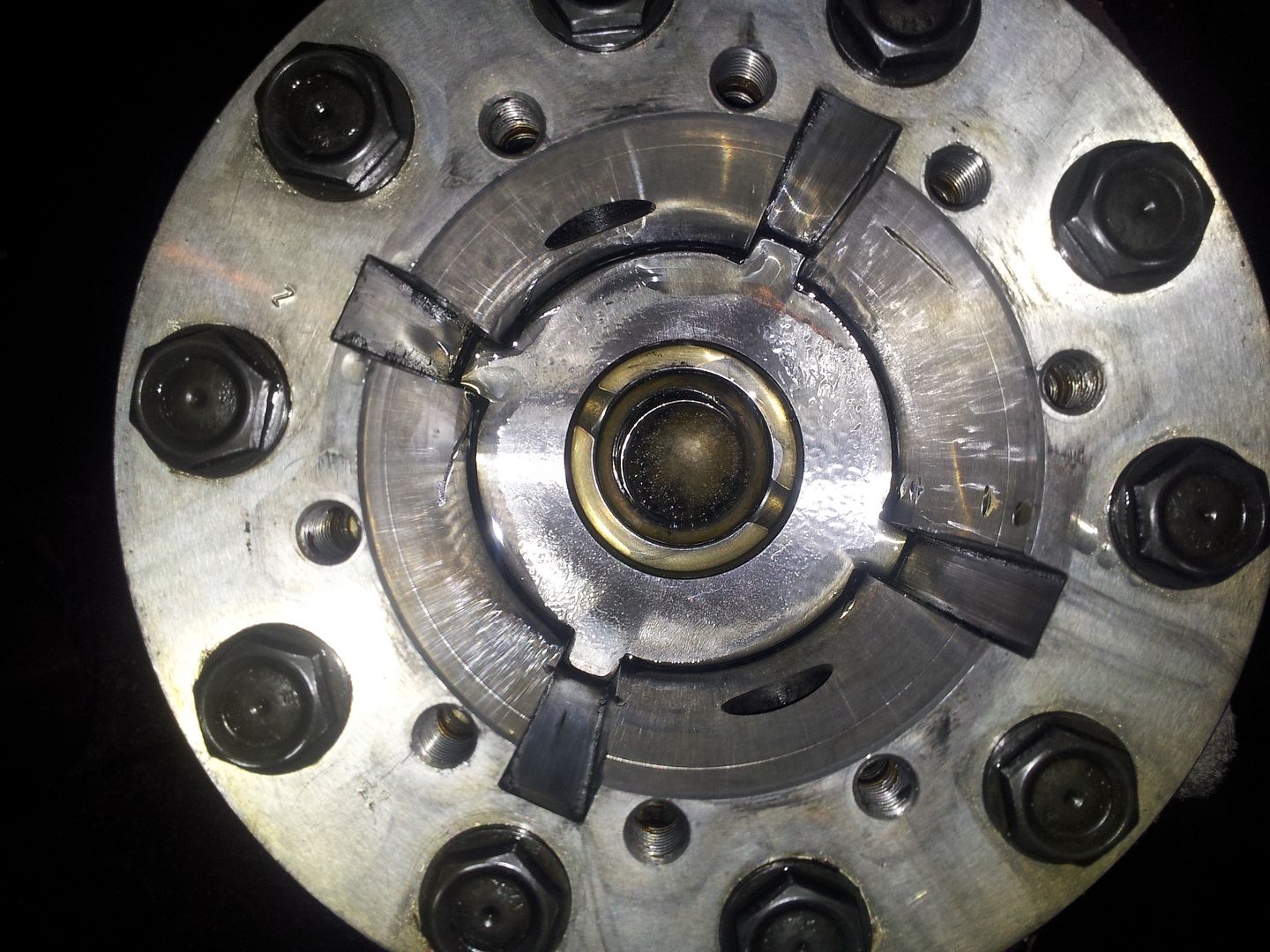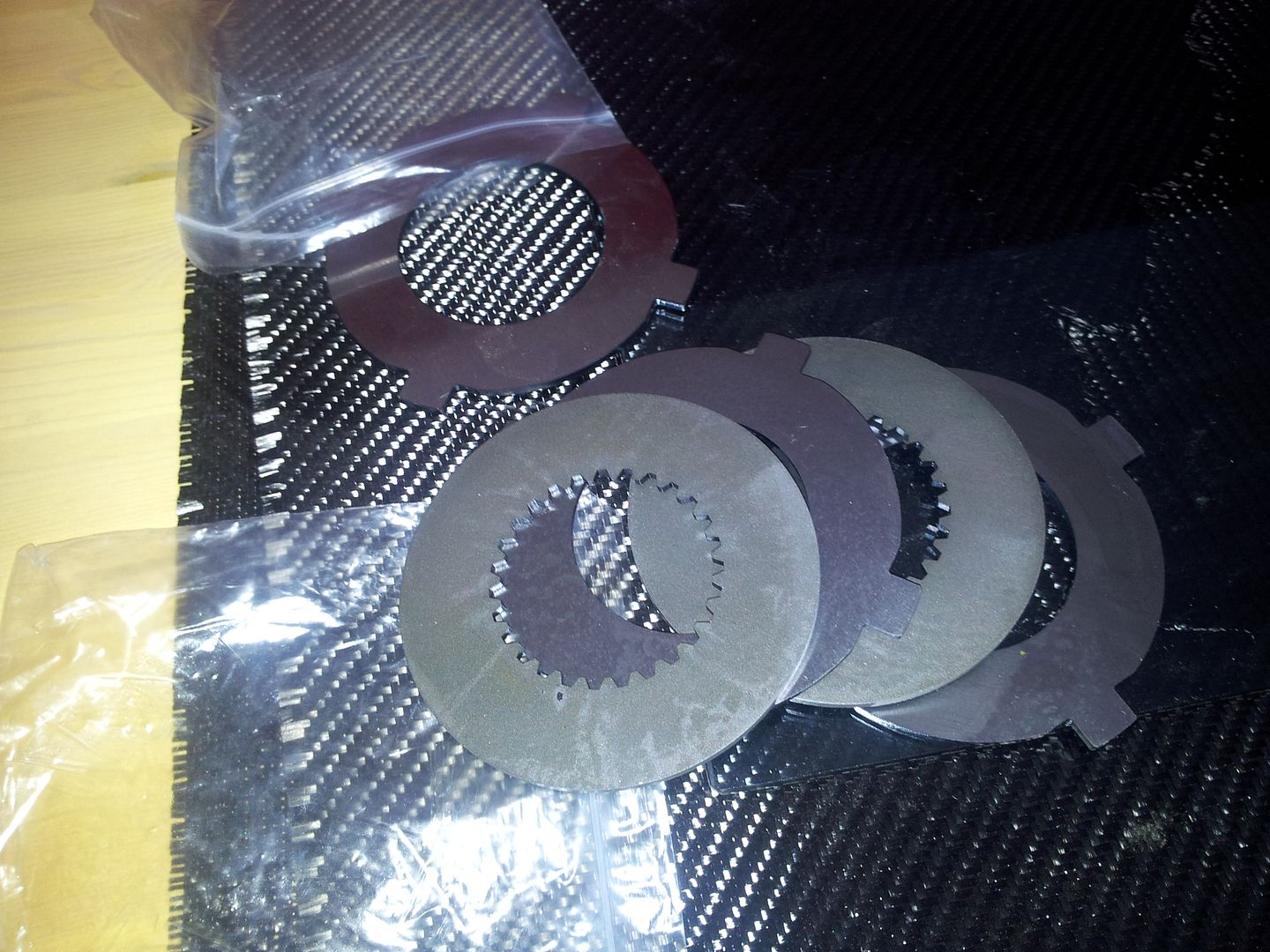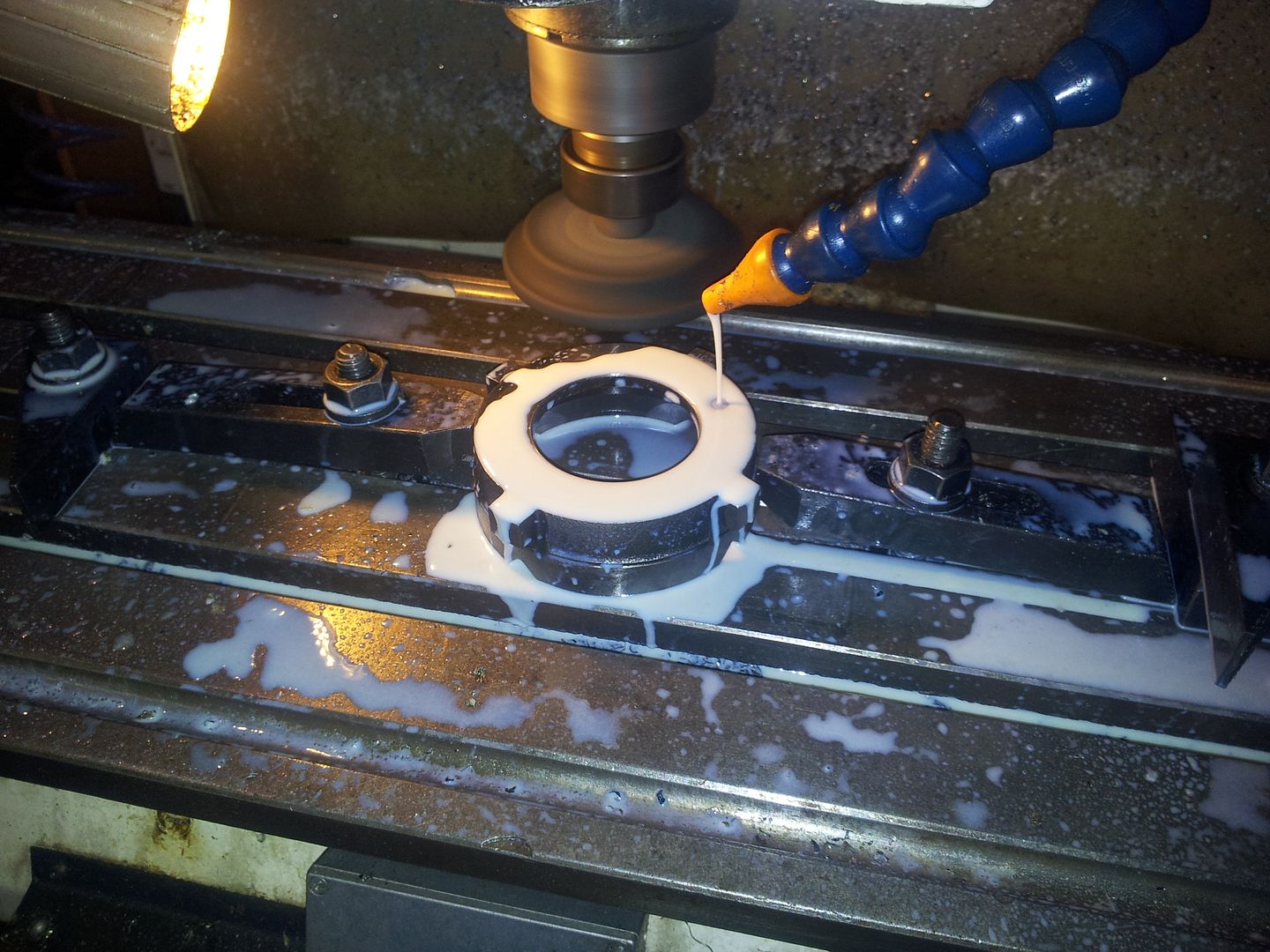Navigation
Install the app
How to install the app on iOS
Follow along with the video below to see how to install our site as a web app on your home screen.
Note: This feature may not be available in some browsers.
More options
Style variation
-
Congratulations cowski on being selected by the Eng-Tips community for having the most helpful posts in the forums last week. Way to Go!
You are using an out of date browser. It may not display this or other websites correctly.
You should upgrade or use an alternative browser.
You should upgrade or use an alternative browser.
Question about clutch type limited slip differential 1
- Thread starter Deividas
- Start date
- Status
- Not open for further replies.
-
1
- #2
BrianPetersen
Mechanical
You could do it that way, but it would mean that all of the torque for one side has to go through the spider gears. If the side having the clutch is the one free-spinning (or on ice) and the one without the clutch is the one that has grip, full drive torque now has to go through the spider gears to get torque to that side. In a normal diff, each side handles half drive torque.
If you have clutches on both sides and they're locked up, the spider gears are essentially unloaded.
If you have clutches on both sides and they're locked up, the spider gears are essentially unloaded.
LionelHutz
Electrical
I'm assuming we're talking about the design with the clutch packs between the side gear and housing without some added mechanism to lock the clutches?
I wouldn't say the spider gears are unloaded with the clutches "locked". Under load, the teeth on the spider gears attempt to climb the teeth on the side gear and this forces the side gear out which puts pressure on the clutch pack. If you took the load off the spider gears, the side gears would move inwards and take the pressure of the clutch packs "unlocking" them.
I put lock in quotes because this type of differential isn't really locking. As torque is transferred through the spider gears and side gears the forces put pressure on the clutches so they also begin to transfer some of the torque. This type of differential would never release again if the clutches actually locked.
I wouldn't say the spider gears are unloaded with the clutches "locked". Under load, the teeth on the spider gears attempt to climb the teeth on the side gear and this forces the side gear out which puts pressure on the clutch pack. If you took the load off the spider gears, the side gears would move inwards and take the pressure of the clutch packs "unlocking" them.
I put lock in quotes because this type of differential isn't really locking. As torque is transferred through the spider gears and side gears the forces put pressure on the clutches so they also begin to transfer some of the torque. This type of differential would never release again if the clutches actually locked.
- Thread starter
- #4
Thank You BrianPetersen and LionelHutz. I was talking about "ramp" style LSD, like this
MikeHalloran
Mechanical
That particular differential is fascinating.
All of the other diffs with which I am familiar transmit torque from the case directly through the diff pin shafts to the spider gears. That one doesn't, at least not primarily. It appears that the pin shafts are short, and don't extend through (absent) holes in the case. Instead, torque is transmitted by internal grooves in the case to the clutch pack and to heavy lugs on the inner case halves, which in turn wedge against the pin gear shafts, and load the clutch pack in proportion to the torque transmitted. ... at least that's how I'm interpreting the illustration.
I'd be interested to see the wear tracks on a really used one.
Mike Halloran
Pembroke Pines, FL, USA
All of the other diffs with which I am familiar transmit torque from the case directly through the diff pin shafts to the spider gears. That one doesn't, at least not primarily. It appears that the pin shafts are short, and don't extend through (absent) holes in the case. Instead, torque is transmitted by internal grooves in the case to the clutch pack and to heavy lugs on the inner case halves, which in turn wedge against the pin gear shafts, and load the clutch pack in proportion to the torque transmitted. ... at least that's how I'm interpreting the illustration.
I'd be interested to see the wear tracks on a really used one.
Mike Halloran
Pembroke Pines, FL, USA
Funny, you prompted me to have another look.
At first glance I thought "good, they have designed it to load the clutch packs without increasing backlash in the spider gears". Then I decided the thrust load on the side gears was reacted by the split housing and the backlash does increase. On third inspection it appears that the side gears do indeed bear (via the end face of the spline) on the diff case - so backlash is in fact constant.
je suis charlie
At first glance I thought "good, they have designed it to load the clutch packs without increasing backlash in the spider gears". Then I decided the thrust load on the side gears was reacted by the split housing and the backlash does increase. On third inspection it appears that the side gears do indeed bear (via the end face of the spline) on the diff case - so backlash is in fact constant.
je suis charlie
LionelHutz
Electrical
I believe that design is similar except that with the inner halves being split the forces in the cross shaft also force the inner case halves apart which also clamp the clutches. I can't think of any real advantages except that using both the force driving the cross shafts and the force in the spider gears to load the clutches means it likely develops more clamping force for the same torque being transmitted.
As I said, look closely - I think the side gears bear on the diff case so no extra clamp on the clutch pack. Benefit = constant backlash in the spider/side gear mesh. Clamp can be further increased by changing the ramp angle on the split case.
je suis charlie
je suis charlie
LionelHutz
Electrical
It could be that the spider gears are held by the main case. I can't say for sure from the pictures I looked at.
You could use ramp to an extent but you would still wouldn't want any excessive space between the cross shafts and ramps or the differential would clunk when switching from motoring to coasting or drive to reverse.
You could use ramp to an extent but you would still wouldn't want any excessive space between the cross shafts and ramps or the differential would clunk when switching from motoring to coasting or drive to reverse.
More shots of the real thing for your viewing pleasure. The rear of my BM has one of these - fine bit of kit. I now make the friction discs myself and get them chromemoly sprayed, I grind the friction cups too when rebuilding,



Im getting about 2yrs from a set of clutches made in house, lot cheaper than buying them from someone!!
Brian,



Im getting about 2yrs from a set of clutches made in house, lot cheaper than buying them from someone!!
Brian,
LionelHutz
Electrical
Going to share in the big secret? Do the side gears load against the main casing or into the split housing? Just can't tell from your pictures.
I'm not fully sure what you mean, but from what I think you mean the spider shaft displaces the dog housings against the clutch packs.
See cutaway and description in link,
Some of the other guys play with various ramp angle grinds - including the deceleration/coasting ramps.
Brian,
See cutaway and description in link,
Some of the other guys play with various ramp angle grinds - including the deceleration/coasting ramps.
Brian,
LionelHutz
Electrical
Is the thrust trying to force the side gears apart applied to the split housing or through the end of the gear to the main casing. This was only discussed for about 1/2 this thread.
I kind of missed that bit - the thread was a bit ''we've never seen the like of this type diff before'' which is what threw me and caused me to add images. The thrust is applied to the ''split housings'' via the spider gear shaft between them, and it trying to climb the ramps as it is turned, by the ramps.
I hope that makes sense.
Brian,
I hope that makes sense.
Brian,
LionelHutz
Electrical
That still didn't answer the part questioned. Does the thrust of the side gears go into the split housing and clutch pack, or does it get transferred to the main case? It was theorized that the hub of the side gears is against a bearing between it and the case so the thrust went to the main case and also that the backlash of the side and spider gears is kept constant.
Panther140
Civil/Environmental
Iff the wheel on the side with the clutch packs always has more traction than the one without the clutch packs, then you could lock it like that
"Formal education is a weapon, whose effect depends on who holds it in his hands and at whom it is aimed." ~ Joseph Stalin
"Formal education is a weapon, whose effect depends on who holds it in his hands and at whom it is aimed." ~ Joseph Stalin
- Status
- Not open for further replies.
Similar threads
- Replies
- 8
- Views
- 5K
- Locked
- Question
- Replies
- 8
- Views
- 1K
- Replies
- 7
- Views
- 1K
- Locked
- Question
- Replies
- 5
- Views
- 615
- Replies
- 6
- Views
- 707
